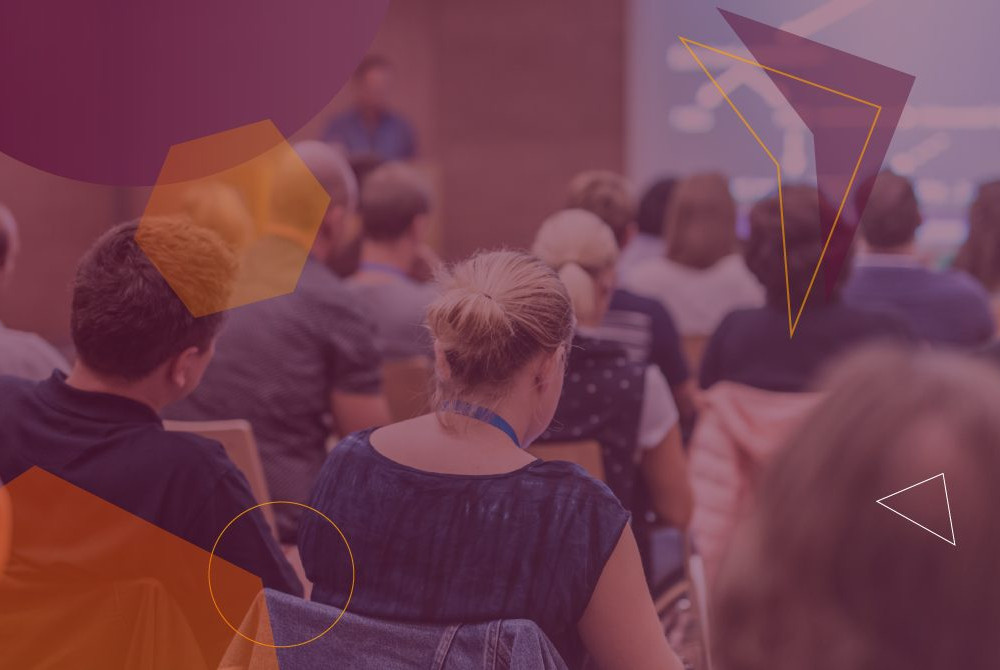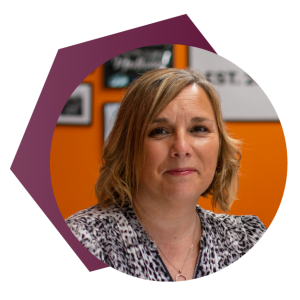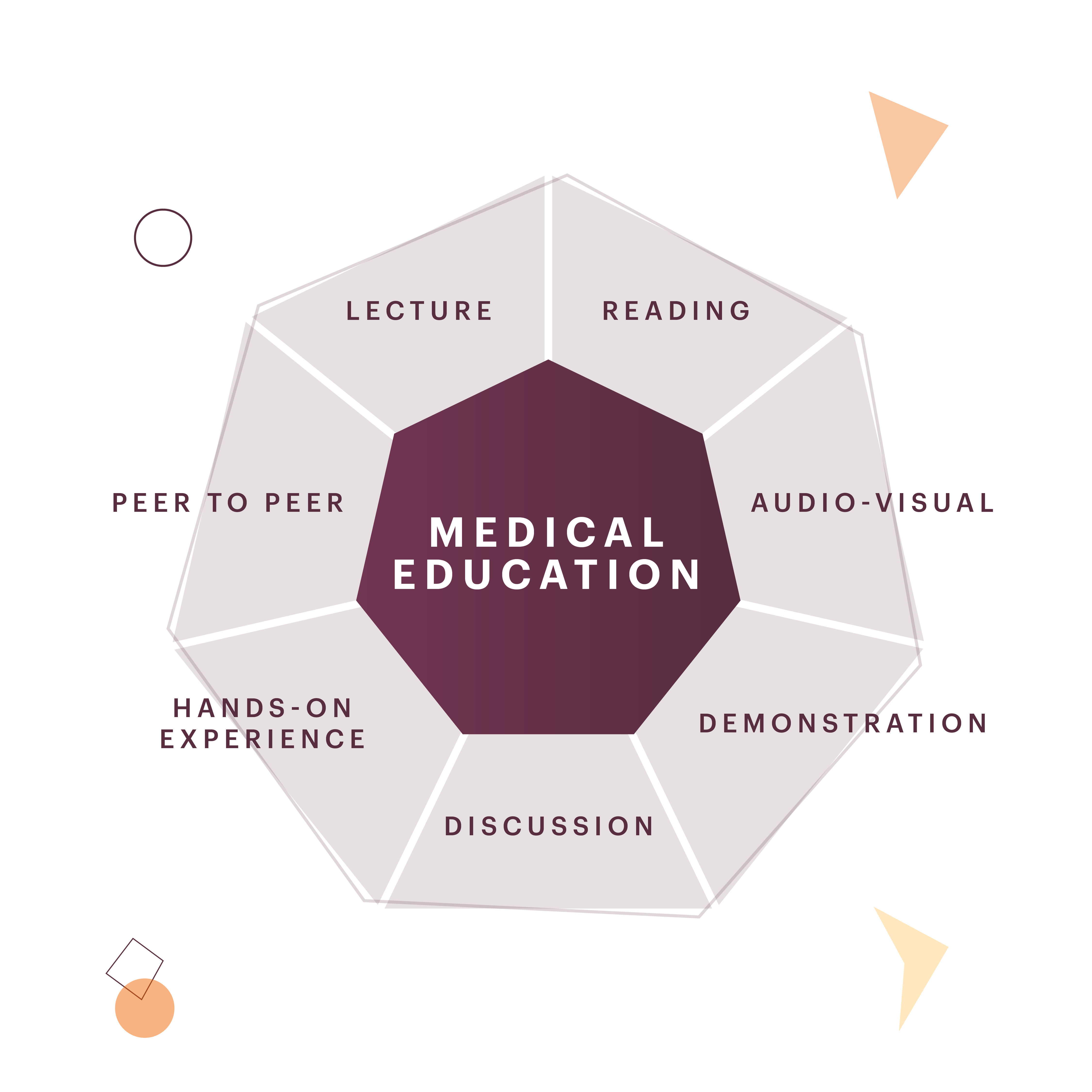
 |
By Sarah Seilly, Head of Medical Education at Onyx Health
|
|---|
Our Head of Medical Education, Sarah Seilly, explains our approach to MedEd and the benefits of tailoring your own
Nearly half of NHS workers believe their organisation is understaffed – and that’s not an anomaly, but rather an average since 2019.1
Despite the pressures that come with staff shortages, however, medical professionals are still required to keep up with their continuing professional development (CPD), with roughly 50 hours needed per year. While that’s less than an hour per week on average, HCPs who are already stretched to their limits will really struggle.
Unfortunately, there’s no magic fix, but a considered and flexible approach to medical education can make a big difference. There are tools and frameworks out there to get you started, but these shouldn’t be followed blindly. You need something tailored to your own objectives and strategy for real long-term success.
Also known as the learning triangle, among other terms, the learning pyramid ranks teaching techniques by information retention. However, despite being an accepted principle for decades, the source and even existence of the research behind it have been questioned more recently.2-5
As such, it’s important that any framework you refer to or base your medical education on is vetted and substantiated.
An earlier version of the diagram, and one without questionable statistics, proved a more reliable starting point for us at Onyx Health. Edgar Dale, who’s often cited as the author of the modern learning pyramid, created the ‘Cone of Experience’, a diagram that focuses on learning styles exclusively.6
From this, we compiled training contexts that were compatible with medical education, ranging from traditional lectures and reading to more interactive sessions such as hands-on demonstrations. Combining varied styles like these into one learning strategy is referred to as the ‘flipped classroom’ approach.
Applying rates of retention to each learning style could suggest that certain methods are more effective than others. But pigeonholing HCPs, or learners of any kind, in this way runs the risk of missing individual preferences entirely.
Instead of creating educational content that is founded on unsubstantiated research, we created something that’s based on our own real-life interactions.
As Head of Medical Education at Onyx Health, I find flexibility and engagement to be the most important aspects of a successful healthcare education programme. Our learning diagram is based on this thinking, but It’s something that existing frameworks can miss.
When working out the right approach to medical education, we need to consider our audience. Simplifying it down to just ‘healthcare’ isn’t targeted enough. There are countless roles and disciplines within that, so we need to consider the preferences and external factors of each.
We know that HCPs are often short on time – ongoing staff shortages and winter pressures are just two triggers.
As such, training delivered through an in-person event won’t always suit. Flexibility is needed, both on the format and schedule of training. Online courses, for example, can be spread over several days rather than intensive training delivered in just one day. Especially for continuing medical education (CME), these flexible alternatives can be a welcome compromise.
On the other hand, training a team in the use of a new product or treatment requires different thinking again. Engagement is crucial, to ensure learners are confident and competent come the end of a course. A more hands-on experience, such as a simulation or gamification, might be more suitable. And the research backs that up: nearly nine in ten employees say gamification makes them feel happier and more productive at work.7
Breaking it down even further than disciplines, no two HCPs are the same. Of course, it might not be possible to individually tailor training to every single learner, especially for larger teams, but we can strike a balance. That’s where the Onyx Health learning diagram comes in.
While the learning pyramid could be perceived as a linear process that reads top to bottom, our approach isn’t as rigid. No one technique should have precedence over another – some people will benefit from several methods, others from even just one.
And our diagram isn’t saying that all techniques are equally effective. It shows that each technique can be just as effective if applied in the right way and to the right audience. The key is to tailor all MedEd programmes with this thinking.

The benefits of healthcare and clinical education go far beyond improving understanding. They can raise quality and standards across all teams and departments.
Consider it in terms of your sales team, who are pitching your products and services to potential buyers or investors. If they don’t have a good grasp of what those are and how they work, how can they be expected to promote it? Effective education can improve their knowledge and in turn their confidence in the product.
That investment in your employees can then lead to a skilled, knowledgeable workforce, improve performance and even reduce staff turnover – key to commercial success.
Find out what we offer as a medical education partner or read more on our other healthcare communications solutions.